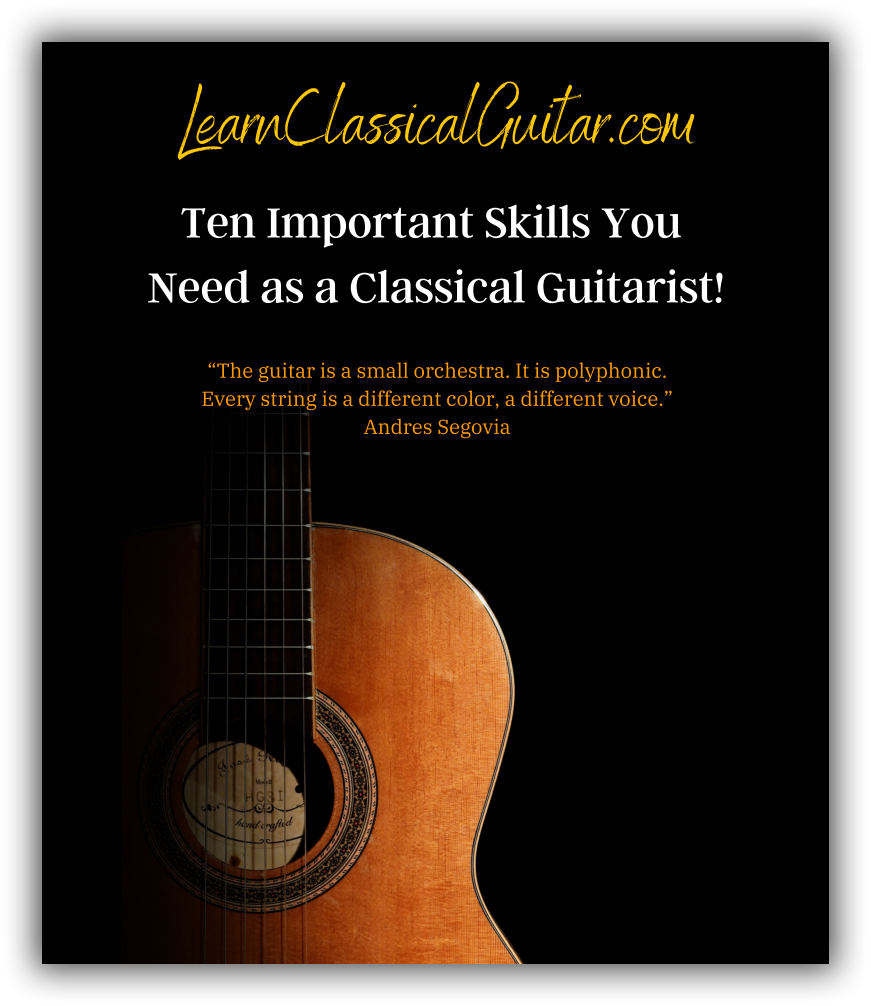- Home
- Classical Fingerstyle Portal
- 15 Actionable Guitar Lessons
- Classical Guitar Technique
- Guitar Lessons
- Beginner Lessons
- Guitar History
- The Renaissance Guitar
- Guitar Time Line
- Classical Guitar Blog
- Contact
- About Author
- Site Search
- Privacy Policy
- Site Map
- Classical Guitar Study Course 3.0
- Instant Classical Guitar Repertoire
- Classical Guitar Lessons For Beginners
The
Renaissance Guitar:
Resurrecting the Melodies of a Bygone Era
The Renaissance guitar stands as a testament to the timeless allure of music. Rooted in the cultural and artistic movement of the Renaissance period, this instrument exudes elegance and sophistication. With its delicate yet resonant sound, the Renaissance guitar captivates both musicians and enthusiasts alike. In this article, we delve into the fascinating history, construction, playing techniques, and enduring legacy of the Renaissance guitar, shedding light on its role in shaping the musical landscape of the past and its revival in contemporary times.
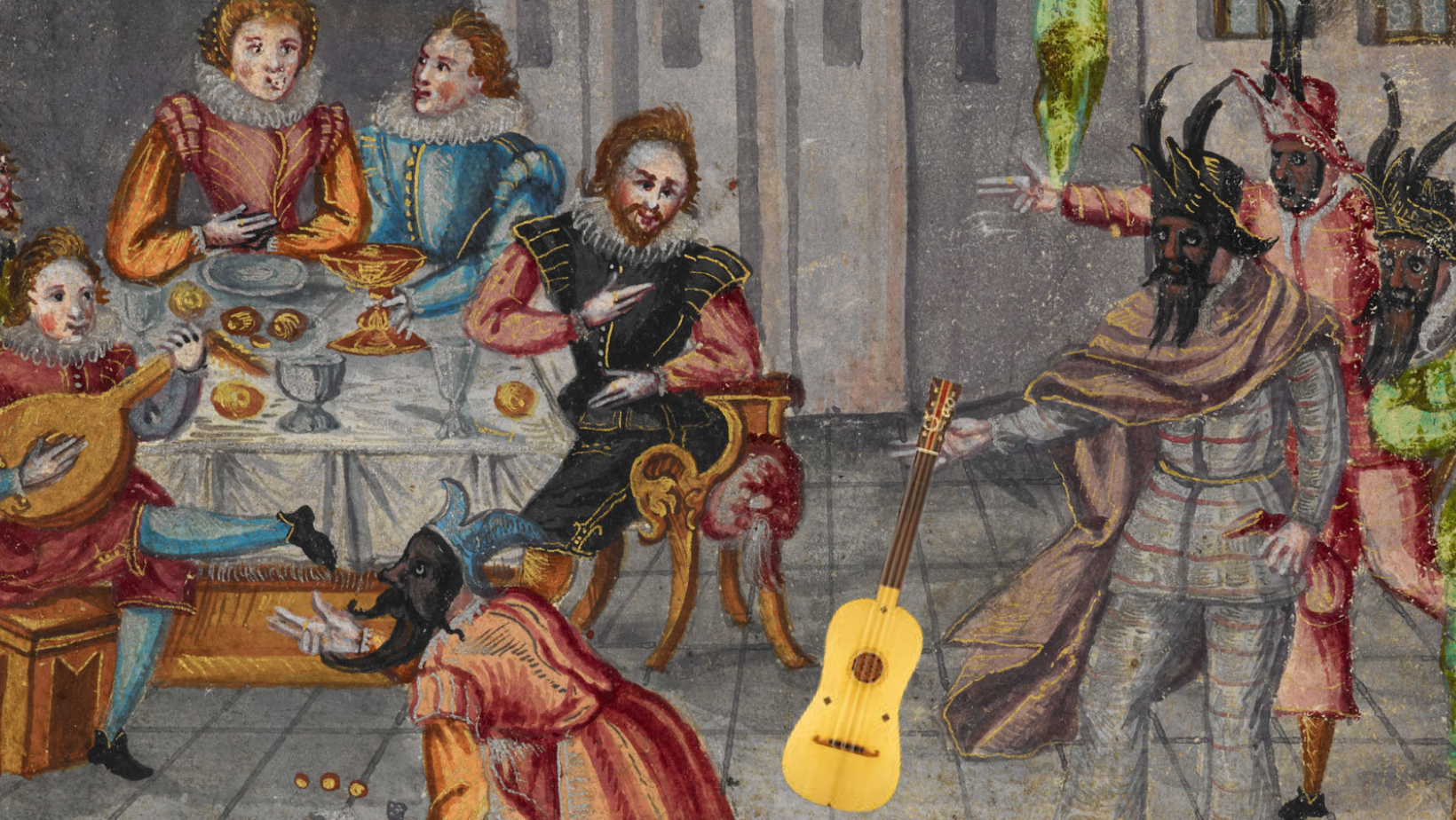
The Renaissance Guitar: Historical Background
During the 16th and early 17th century, the Renaissance Guitar developed alongside other burgeoning arts and sciences of the time. Originating in Spain, it became a common home instrument for both amateur and professional performers across Europe. The instrument's design underwent significant changes during this time, evolving from its medieval predecessors.
The roots of the Renaissance guitar can be traced back to the Moorish lute, which was brought to Spain during Islamic rule. The instrument's influence from the lute can be seen in its construction and playing technique. However, as it spread throughout Europe, it underwent modifications and refinements that shaped its unique identity...
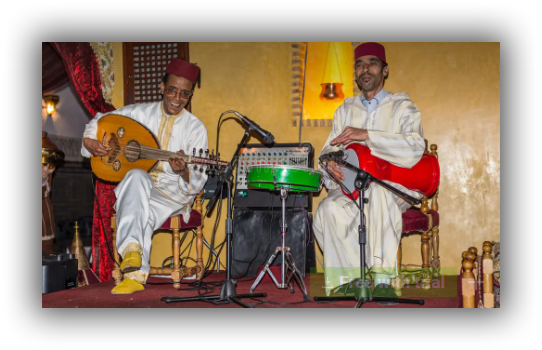
One of the notable changes in the Renaissance guitar's design was the addition of extra strings. Early versions of the instrument had four courses of strings, with each course consisting of two strings tuned in unison. Over time, the number of courses increased, with some guitars having up to six courses. This expansion allowed for a wider range of tonal possibilities and facilitated more complex chordal playing.
In addition to the increased number of strings, the body shape of the Renaissance guitar underwent refinement. The early models had a rather boxy shape, resembling the medieval predecessors. However, as the instrument gained popularity, the body gradually evolved into a more rounded or pear-shaped form. This new shape enhanced the guitar's resonance and projection, contributing to its distinct sound.
Advancements in the construction of the soundboard and neck also played a crucial role in the development of the Renaissance guitar. Luthiers experimented with different materials and techniques to improve the instrument's tonal qualities. The soundboard, typically made of spruce, was carefully carved and braced to enhance its responsiveness and ability to resonate. The neck underwent changes as well, becoming longer and narrower, allowing for more comfortable fretting and facilitating the execution of intricate passages.
During the Renaissance period, the guitar became a favored instrument in households and noble courts alike. Its appeal spread to nations like Germany, England, France, and Italy. Both novice and expert musicians adopted the instrument, creating and playing complex music specifically for the guitar.
Notable composers of the time, such as John Dowland and Alonso Mudarra, recognized the expressive potential of the Renaissance guitar and contributed significantly to its evolving repertoire. They crafted compositions that showcased the instrument's versatility and allowed for the exploration of new musical ideas.
Despite its eventual decline in popularity, the legacy of the Renaissance guitar endured. Surviving original instruments and historical manuscripts provide valuable insights into the instrument's construction, playing techniques, and music of the time. This knowledge has fueled a modern revival of the Renaissance guitar, leading to the creation of replicas and the rediscovery of its unique musical language.
Today, the Renaissance guitar continues to captivate musicians and audiences alike. Its historical significance, coupled with its delicate sound and versatile repertoire, make it a cherished instrument that bridges the gap between the past and the present. The exploration and performance of Renaissance guitar music serve as a testament to the enduring power of music across centuries.
Don't Just Get a Head Start - Get a FAST START!
One of the biggest challenges in learning to play classical guitar is to know where to start.
That's why I created the ‘Classical/Finger Style Guitar Lessons Portal’ which helps you to make a fast and logical start. You can join here...
https://www.learnclassicalguitar.com/Classical-Guitar-Fingerstyle-Portal
Oh, and did I mention - it’s FREE? 😊
Just
follow these 3 easy steps...
1. Enroll in the Classical-fingerstyle Lesson Portal here...
https://www.learnclassicalguitar.com/Classical-Guitar-Fingerstyle-Portal
2. Select the lessons you want to practice
3. Start making progress on the classical guitar
If you're really serious about learning classical guitar, you can also download your copy of...
"Ten Important Skills You Need as a Classical Guitarist" (inside the portal).
P.S. If you resonated with this idea I think you're going to love how the portal gives you an advantage and a fast start in playing classical guitar. You can join in literally seconds here...
https://www.learnclassicalguitar.com/Classical-Guitar-Fingerstyle-Portal
The Renaissance Guitar: Construction and Design
The Renaissance guitar featured a small, portable body typically made of hardwood, such as maple or rosewood. The choice of hardwood provided durability and stability to the instrument. The compact size of the guitar made it highly versatile and suitable for both solo and ensemble playing.
One of the defining characteristics of the Renaissance guitar was its round or pear-shaped soundboard. The soundboard, often crafted from softwood like spruce, played a crucial role in shaping the guitar's tonal qualities. The carefully selected and carved spruce soundboard allowed for optimal sound projection and resonance. Its responsive nature contributed to the instrument's expressive capabilities, enabling the player to produce a wide range of dynamic nuances.
The Renaissance guitar typically had four to six courses of strings. Each course consisted of two strings that were usually tuned in unison or occasionally in octaves. The use of gut strings was common during this period, as they provided a warm and mellow tone. However, silk strings were occasionally used as well, especially for the higher-pitched courses.
Playing the Renaissance guitar involved plucking the strings with the fingers, using a technique known as fingerpicking. This method allowed for individual string articulation and control over the dynamics of the music. Alternatively, a small plectrum, commonly made from a quill, could be used to strike the strings. The choice of fingerpicking or plectrum playing depended on the player's preference and the desired sound quality.
The frets on the Renaissance guitar were typically made of gut or tied gut. These frets were movable, allowing for a range of tunings and facilitating chordal playing. The movable frets offered flexibility in adjusting the intonation and accommodating different musical keys and modes. This feature enabled the player to explore various tonalities and harmonies, making the Renaissance guitar a versatile instrument capable of accompanying vocalists and other instruments.
The construction of the Renaissance guitar involved meticulous craftsmanship. Traditional woodworking methods and carefully chosen materials were used by the time's luthiers to produce instruments of remarkable quality. They devoted special attention to the soundboard carving, neck shaping, and body jointing, among other things.. The skillful craftsmanship ensured the instrument's structural integrity and optimized its tonal characteristics.
The design of the Renaissance guitar, with its compact size, rounded soundboard, multiple strings, and movable frets, contributed to its versatility and popularity during the Renaissance period. Its portability made it accessible to both amateur musicians and professional performers, allowing for music-making in various settings, from intimate gatherings to grand courtly occasions.
The combination of the instrument's construction and design elements provided the player with a wide range of expressive possibilities. The warm and resonant tones produced by the gut strings, the responsive soundboard, and the ability to adjust the fret positions all contributed to the guitar's ability to convey emotions and convey the nuances of the music.
Overall, the construction and design of the Renaissance guitar were carefully crafted to achieve a balance between portability, tonal quality, and playability. The material selection, body and soundboard design, string set-up, and adjustable frets all had a significant impact on the instrument's distinctive personality. The Renaissance guitar's lasting appeal and important place in the musical scene of its period were influenced by these design features as well as the skilled workmanship of the luthiers of the time.
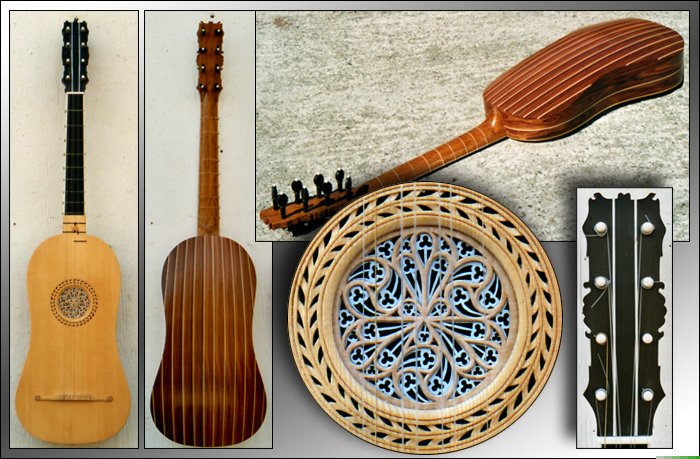
Photo courtesy of: https://www.lutesandguitars.co.uk/
Renaissance Guitar: Playing Techniques
Music for the Renaissance guitar encompasses a wide range of styles, including dance music, vocal accompaniment, and solo compositions. The instrument's versatility allowed it to be employed in various musical contexts, from lively courtly dances to intricate instrumental pieces and intimate vocal accompaniments.
The most common playing technique on the Renaissance guitar involved fingerpicking. With fingerpicking, the player used the thumb and fingers of the right hand to pluck the strings simultaneously or individually. This technique provided control over each string, allowing for melodic lines, harmonies, and chordal accompaniments to be executed. By plucking the strings with different fingers, the player could produce varying tones and emphasize specific notes, enhancing the expressiveness of the music.
Musicians exploring Renaissance guitar music employed various rhythmic patterns, ornamentation, and dynamic nuances to bring life to their performances. Rhythmic patterns varied depending on the style of the piece, ranging from brisk and energetic dance rhythms to more subdued and lyrical passages. Ornamentation, such as trills, mordents, and slides, added embellishments and decorative flourishes to the music, enhancing its beauty and complexity.
Dynamic nuances played an important role in shaping the expressive qualities of Renaissance guitar music. Musicians utilized variations in volume, tone, and articulation to convey emotions and highlight the narrative of the compositions. By skillfully manipulating the dynamics, players could create dramatic contrasts, evoke a sense of intimacy, or emphasize particular musical phrases.
In addition to its role as a solo instrument, the Renaissance guitar often served as a harmonic accompaniment to other instruments or vocalists. Its rich, resonant tones provided a supportive foundation, enhancing the overall texture of the music. In ensemble settings, the guitar would contribute rhythmic drive and harmonic stability, enriching the overall sound and creating a cohesive musical tapestry.
The Renaissance guitar's ability to accompany vocalists was particularly valued during this period. The instrument complemented the human voice, providing a delicate and harmonically rich accompaniment. Musicians would adapt vocal works for the guitar, creating tabulations that captured the essence of the original compositions while showcasing the guitar's unique qualities. The guitar's role as a vocal accompaniment allowed for the expression of lyrical melodies and the exploration of the intricate interplay between voice and instrument.
In conclusion, Renaissance guitar playing techniques encompassed a diverse array of styles, encompassing dance music, vocal accompaniment, and solo compositions. Fingerpicking, rhythmic patterns, ornamentation, and dynamic nuances were skillfully employed to enhance the expressiveness of the music. The guitar's flexibility and ability to assist singers demonstrated this instrument's adaptability and contributed to its continuing appeal. With its complex melodies and rich harmonies, Renaissance guitar music continues to enthrall listeners, providing as a tribute to the craftsmanship and originality of artists from that time.
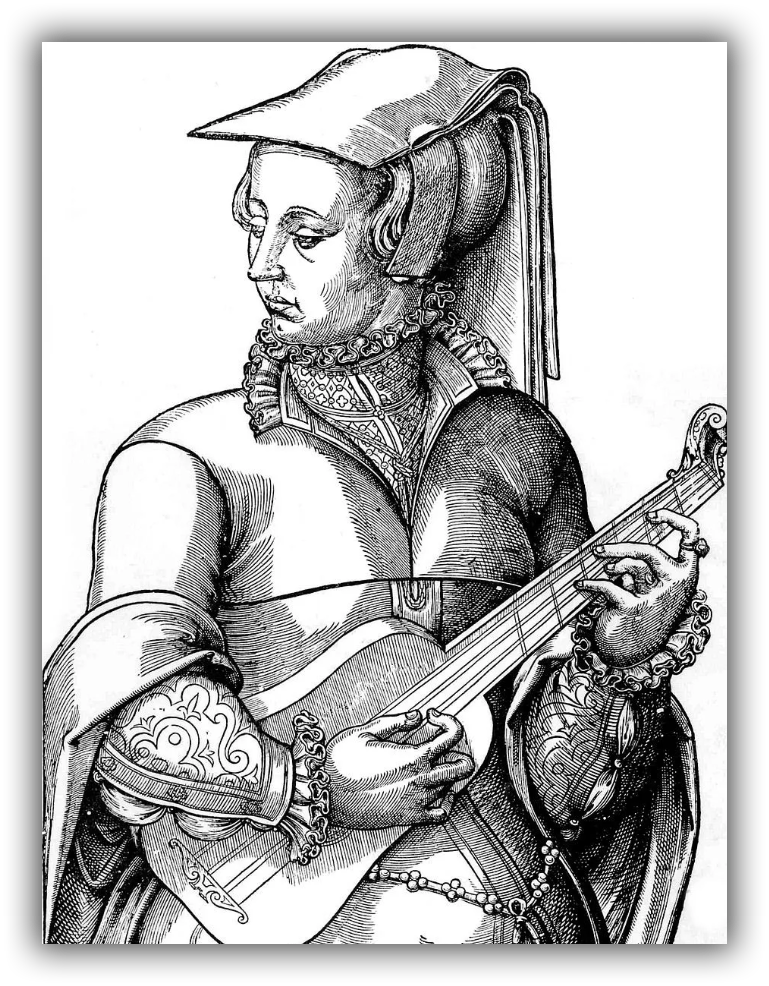
Photo courtesy of: https://earlymusicmuse.com/category/renaissance-guitar/
Renaissance Guitar: Notable Composers and Repertoire
Prominent composers of the Renaissance period recognized the expressive potential of the Renaissance guitar and made significant contributions to its evolving repertoire. These composers embraced the unique qualities of the instrument, crafting intricate and melodic compositions that showcased its versatility and captivated audiences of the time.
One of the most influential composers associated with the Renaissance guitar is John Dowland. Dowland, an English composer and lutenist, composed several pieces for the guitar, displaying a deep understanding of its expressive capabilities. His compositions often featured melancholic melodies and rich harmonies, reflecting the prevailing musical aesthetics of the time. Dowland's works, such as "Flow My Tears" and "Lachrimae Pavan," continue to be beloved and frequently performed in the modern repertoire.
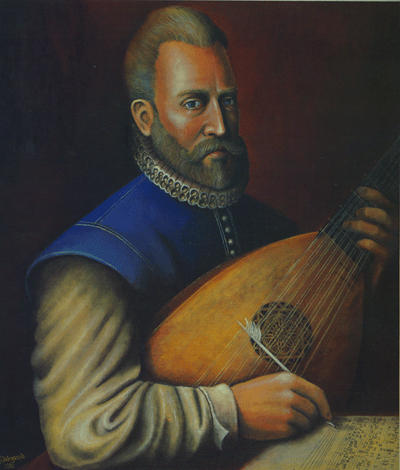
Another notable composer who contributed to the Renaissance guitar repertoire was Alonso Mudarra, a Spanish vihuelist and composer. Mudarra's compositions showcased the virtuosic potential of the instrument with intricate fingerpicking patterns and elaborate ornamentation. His collection of works titled "Tres libros de música en cifras para vihuela" (Three Books of Music in Tablature for Vihuela) includes pieces specifically written for the Renaissance guitar, allowing players to explore the instrument's range and technical possibilities.
The Renaissance guitar repertoire encompassed a variety of musical genres. Dances played a significant role in the repertoire, including pavanes, galliards, and branles. These dances were typically composed in a binary or ternary form, with lively rhythms and intricate melodic lines. The guitar's ability to provide rhythmic drive and harmonic support made it an ideal instrument for accompanying dance music.
In addition to dances, composers of the Renaissance period created tabulations of vocal works for the guitar. Vocal pieces were transcribed and adapted for the instrument, allowing guitarists to perform elaborate variations and improvisations on popular songs and madrigals. These tabulations demonstrated the guitar's capacity to reproduce the expressive aspects of the human voice, so demonstrating the instrument's flexibility and broadening its repertory.
Numerous works from this time have persisted to the present, giving us an insightful look into the musical tastes of the Renaissance period. Manuscripts, printed books, and other historical sources contain a wealth of Renaissance guitar music, offering modern musicians a treasure trove of repertoire to explore and interpret.
The enduring popularity of these compositions speaks to their enduring quality and the timeless appeal of the Renaissance guitar. Today, musicians and ensembles specializing in early music continue to perform and record these works, breathing new life into the music of the past and ensuring its preservation for future generations.
In conclusion, the Renaissance guitar repertoire owes much to the contributions of notable composers such as John Dowland and Alonso Mudarra. Their intricate and melodic compositions, encompassing dances, tabulations of vocal works, and variations on popular tunes, showcased the expressive potential and versatility of the instrument. The surviving repertoire provides a valuable connection to the musical aesthetics and sensibilities of the Renaissance period, allowing modern audiences to experience the beauty and artistry of this bygone era.
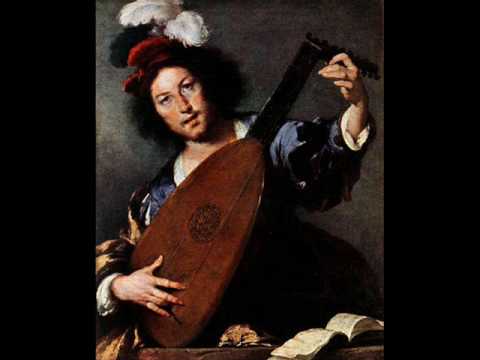
Renaissance Guitar: Revival and Modern
Following a period of decline, the Renaissance guitar experienced a remarkable revival in the 20th century as musicians and enthusiasts sought to rediscover its unique charm and historical significance. This resurgence brought the instrument back into the spotlight, leading to renewed interest in Renaissance guitar music and the exploration of historical performance practices.
The revival of the Renaissance guitar was made possible through the efforts of luthiers who began crafting replicas of historical instruments. These skilled craftsmen meticulously studied surviving originals. examining their construction, materials, and design details. By drawing upon their wealth of knowledge, luthiers were able to recreate authentic replicas that captured the essence and character of the Renaissance guitar.
The availability of these replicas provided musicians with the opportunity to delve into the world of Renaissance guitar music. Musicians and ensembles specializing in early music eagerly embraced the instrument, taking on the challenge of mastering its unique techniques and repertoire. The resurgence of interest in Renaissance guitar music led to the exploration of historical sources, such as original manuscripts and printed books, shedding light on forgotten compositions and performance practices.
Historically informed performance practices became a focal point for musicians interested in Renaissance guitar music. They delved into treatises and historical accounts, studying the playing techniques, ornamentation, and stylistic conventions of the time. This research helped shape the interpretation and execution of Renaissance guitar music, aiming to recreate the sound and spirit of the era.
Today, musicians and ensembles continue to breathe new life into the Renaissance guitar tradition. They perform Renaissance guitar pieces on both authentic replicas and modern interpretations, adapting to the evolving musical landscape. The use of authentic replicas allows for an experience that closely aligns with the original instruments and historical practices, while modern interpretations provide a fresh perspective and interpretation of the repertoire.
The modern Renaissance guitar repertoire encompasses both historical compositions and contemporary works inspired by the spirit and aesthetics of the Renaissance era. Composers have embraced the unique qualities of the instrument, creating new compositions that pay homage to the rich heritage of Renaissance guitar music. This expansion of the repertoire ensures that the tradition of the Renaissance guitar remains relevant and vibrant in the modern musical landscape.
In addition to concert performances, recordings have played a vital role in popularizing Renaissance guitar music. The Renaissance guitar repertoire has been recorded by musicians and groups, giving audiences from all around the globe the chance to appreciate the beauty and complexity of this long-standing practice. These recordings are evidence of the Renaissance guitar's lasting allure and capacity to mesmerize listeners throughout time.
A fresh appreciation for this extraordinary instrument resulted from the Renaissance guitar's resurrection in the 20th century. Luthiers' craftsmanship in creating authentic replicas, coupled with the exploration of historical performance practices, allowed musicians to reconnect with the unique charm of Renaissance guitar music. With its combination of historical accuracy and new interpretations, the modern Renaissance guitar tradition ensures that this valued musical history is still alive and well in the modern world.
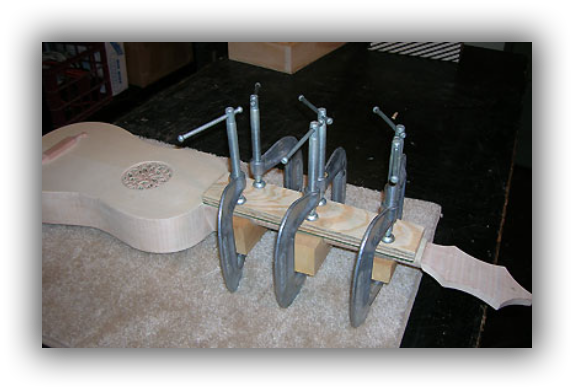
Photo courtest of: http://www.cincinnatiearlymusic.com/renaissance_guitar.html
Reaniassance Guitar: Conclusion
The Renaissance guitar serves as a link between the ancient and modern eras, enabling us to interact with the musical culture of the past. Its exquisite tone and broad repertoire continue to motivate performers and listeners, bearing witness to the continuing power of music throughout the ages.
The beautiful timbre and distinctive features of the Renaissance guitar never fail to captivate listeners and inspire artists. Its intimate and resonant tones recall the rich cultural history of the Renaissance era as well as a feeling of closeness. The instrument's versatility, with its ability to accompany both vocalists and other instruments, allows for a wide range of expressive possibilities and musical collaborations.
Moreover, the Renaissance guitar's repertoire serves as a treasure trove of musical gems. The compositions of notable Renaissance composers, such as John Dowland and Alonso Mudarra, showcase the instrument's expressive potential and its ability to convey emotions and tell stories through music. The dances, vocal tabulations, and variations on popular tunes of the time provide a glimpse into the musical sensibilities and cultural life of the Renaissance period.
Through the efforts of luthiers and musicians, the Renaissance guitar has experienced a revival in modern times. Authentic replicas and modern interpretations of the instrument have brought the music of the Renaissance to life once again. Musicians specializing in early music, armed with historical knowledge and insights, continue to explore, and perform Renaissance guitar music, ensuring its preservation and allowing audiences to experience its beauty and artistry.
The enduring power of the Renaissance guitar lies in its ability to transcend time. It demonstrates the eternal ability of music to arouse emotions, unite people through ages, and provide light on the human experience. We develop a greater appreciation for the eternal elements of music while learning more about the cultural and creative accomplishments of the past by investigating the repertoire of the Renaissance guitar.
In conclusion, the Renaissance guitar holds a significant place in music history, allowing us to connect with the musical world of the Renaissance era. Musicians and listeners alike continue to be inspired by its exquisite tone, adaptable repertoire, and lasting appeal. We are reminded of the ability of music to transcend space and time and speak directly to our souls as we take in the alluring melodies of the Renaissance guitar.
Get your own music for the Renaissance Guitar here...
And get more information on the history of guitar, including the Renaissance guitar here...
Navigation
Recent New Pages:
What is Classical Guitar Playing?
Arpeggio Beginner Guitar Lesson Classical-Fingerstyle Portal
Blog Technique Free Guitar Lesson
Guitar History Guitar Instruction Guitar Lessons
Guitar Time Line Malaguena Memorizing Music
Music Notation Music Notation Primer Sight Reading
Sight Reading Guide Theory Work Sheets Renaissance Guitar
